Thank You Jesus For America
“If Jesus Christ had never been born, there would be no United States of America.”
"Extremely Loud": "Like 'Jason Takes Manhattan' But With More Bloodshed"
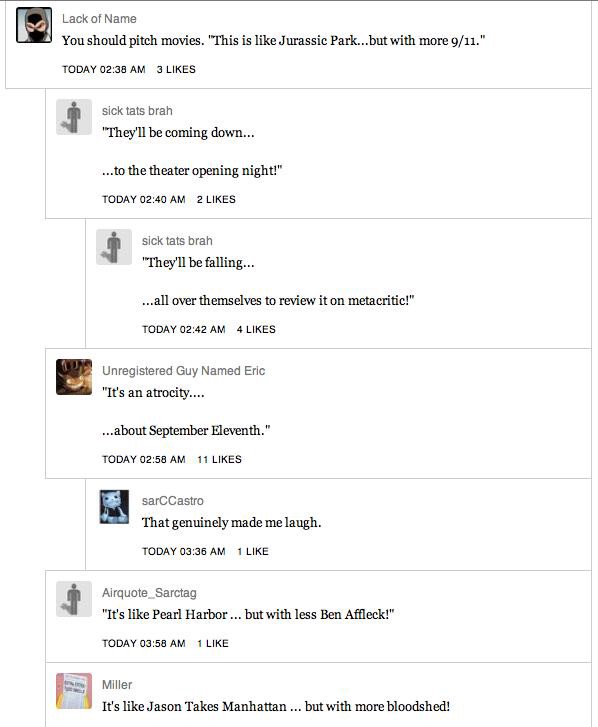
A moment of holiday joy for you: The A/V Club gives “Extremely Loud and Incredibly Close” a straight-up “F” — in three short paragraphs. The comments are also enjoyable.
British Stabbiness Is Genetic: Study
“One in 20 Britons has a criminal ancestor while one in 100 are related to pirates, new findings have shown.”
David Bowie's Lost "Jean Genie"
https://www.youtube.com/watch?v=yEmGQYCuc6M
Here ya go: “A David Bowie television performance that no one has seen in three decades, and that Americans have never seen at all, hit the web today. As the story goes, Bowie as his red-haired Aladdin Sane persona visited U.K.’s long-running music program Top of the Pops on January 3, 1973 to showcase his then-new single ‘Jean Genie.’ The performance aired only once, and the tapes from that TOTP episode were placed in the BBC vaults… where they were ultimately erased so the network could reuse the tapes, the BBC admits. It was believed that this “Jean Genie” was lost forever, but recently, a cameraman named John Henshall revealed that he made a an additional copy of the performance for himself.” Don’t focus on the fact that this is nearly 40 years old, focus on the fact that it’s actually quite good. Who knows how long it’s going to stick around? You’re advised to watch it soon.
Phew, Thank God We're Not In Iraq!

“A wave of coordinated explosions ripped across Baghdad early on Thursday, killing at least 63 people, wounding more than 180.”
— LOOKS LIKE WE GOT OUT JUST IN TIME, AM I RIGHT?
Have You Started Running Out The Clock Yet?
You can feel ppl heading for the hills and off the grid. plan on joining tomorrow.
— david carr (@carr2n) December 22, 2011
Happy Deceleration Thursday, where everyone who still has a job starts quarter-assing it in anticipation of the Days of Dread ahead. How will YOU be slacking off for the rest of the week? Tell us in the comments!
The 15 Most Delightful Internet Films of 2011
by Eric Spiegelman
https://www.youtube.com/watch?v=gJ6APKIjFQY
Of all the videos uploaded to the Internet this year, here are fifteen that found their way into my feeds and dashboards and inboxes and my bookmarked aggregators of varying stripe, fifteen that inspired me to to copy and paste their URL into a Google Doc labeled “2011 Videos Wonderful,” a title comprised of words I was likely to search for when later I couldn’t find my ongoing list, and fifteen that survived when I took that giant collection and whittled it down to ten, and then added five that were somehow similar to others in the top ten and deserved inclusion because they hinted at some kind of trend. Arduous? Perhaps. But so very, very worth it.
• These choices are in no particular order, with the exception of the one video above. “Game Deaths” by Rob Beschizza is the best Internet film of the year. The video strings together the death sequences from a score of old 8-bit video games, cut with scenes from an Atari ad of a previous era, an ad where people seem to delight in their own simulated doom. Meanwhile, a MIDI version of “Mad World” by Tears For Fears plays in the background; the lyric “the dreams in which I’m dying are the best I’ve ever had” never even needs to be sung. Look how hilariously twisted we are, this video says. We’ve taken our darkest, most self-destructive impulses, hardwired into the human brain long, long ago, and we figured out how to make them fun.
• Two of the most wonderful Internet shorts this year divided the screen into two sections in two different but compelling ways. The first one is “Symmetry,” by the brilliant team at Everynone (in collaboration with WNYC’s Radiolab). This film is like “Sesame Street” for grownups. Each cut presents two images and gives you exactly enough time to reflect on the connection between them before moving on to the next pair. You should watch this video in the morning whenever the crossword puzzle is too hard. It’s a great warm-up exercise.
https://www.youtube.com/watch?v=zEQskIsHKT8
• Next is “Splitscreen: A Love Story,” by James W. Griffiths. The use of splitscreen here is integral to the story, providing a narrative that is ultimately made explicit by the final scene. Fun fact: this was shot entirely on a Nokia smartphone, and it won this year’s Nokia Shorts competition. Damn you, quality branded content!
• “How to Peel a Head of Garlic in Less Than 10 Seconds” is a video that changed my life. Directed by Alex Lisowski for Saveur, it solves a problem I wrestled with for years. I’ve peeled them by hand, done the whole crush them with a cutting board thing, and I even had a fancy tool from Sur La Table that didn’t quite get it right. Then Todd Coleman showed up in my browser and it was a garlic revelation.
• The best of hipster art reminds you of that awkward age where you were old enough to think about sex but nowhere near old enough to actually do it. Those were the days you had a crush on your babysitter, you got really, really wrong information from your friends, and your fantasies about classmates had plot lines from Disney films. It’s a specific kind of innocence, a curiosity about sex before you knew how sex could just ruin everything. The kid in Destroyer’s music video for Kaputt — that’s me at age eleven, imagining girls in one-piece bathing suits because bikinis were too intimidating, and also I have a runny nose so thank you for the kleenex.
• If “childlike hipster music videos with sexual undertones” is a category (and it probably is on Netflix) then the runner up to this year’s champion would be the video for Ice Cream by Battles. The lyrics are incomprehensible, the images are a random assortment of karate, desserts, and naked flesh, yet everything coheres through the magic of multiple exposure photography — a technique that may be trendy, but one that I never get sick of (and so long as Instagram doesn’t figure out how to do it everything will be okay). One last thing: the drummer for Battles looks exactly like Shooter McGavin.
• Ronen Verbit was clear with the clerk at the Apple store that he would return the three iPhones for a refund in a couple days. They were for an art project, he said. The clerk was fine with this and rang up the purchase. Ronen told me this origin story in the lobby of the Tribeca Grand, but before he finished he jumped over a table to talk to a pretty girl he’d never seen before who was on her way out of the hotel. He never came back. Anyway, “Trapped in an iPhone” is one of my favorites of the year, and I’d say it establishes Verbit as the Buster Keaton of the Internet, though I actually think his table hurdling does more to advance that reputation.
• “A large sandstorm hit the Sahara Desert, making it nearly impossible to see the sky with my own eyes,” wrote Terje Sørgjerd about his epic time-lapse film, “The Mountain.” “I was sure my whole scene was ruined. To my surprise, my camera managed to capture the sandstorm, backlit by Grand Canary Island. If you ever wondered how the Milky Way would look through a Sahara sandstorm, look at 00:32.” This video is the best argument for owning an Apple TV and figuring out how to use AirPlay. Watching it fullscreen doesn’t cut it. Watch it on a 46-inch plasma.
• The companion piece is “Time Lapse View from Space, Fly Over,” edited by Michael König, shot from the International Space Station. König’s video is the science to Sørgjerd’s art, König looks down from the heavens while Sørgjerd looks up at them, and both capture things you’ve never seen before — that literally no human has ever seen before. These two may have reached the limits of what time lapse photography has to offer, so I expect to be unimpressed with everything in this category next year.
• Some artists can look at the overwhelming collection of blah YouTube videos and see an infinite resource of found footage. The master of this is Kutiman, known IRL as Ophir Kutiel, a 29-year-old musician from Israel. Kutiel started a project called ThruYOU in 2009, where he downloaded dozens of solo, amateur musical performances and mixed them into a single, seamless symphony. “My Favorite Color” is this year’s mix, comprised of 23 individual videos from people who just wanted to play something for their home camcorder, but ended up members of a extremely talented band.
• Another YouTube artiste is user Ignoramusky. His medium of choice is the cute cat video, and “Kitten vs. a Scary Thing” is a subtle and complex masterpiece. See, “Kitten vs. a Scary Thing” is a two cent video with a million dollar soundtrack. The artist painfully edited and synced the score to the action, with a level of respect normally reserved for a high-budget Hollywood blockbuster. In doing so, he elevates the entire genre of cute. “Kitten vs. a Scary Thing” is the gourmet grilled cheese of the Internet.
• Videos that make this list are generally ones I’ve gone back and watched over and over again. This usually doesn’t happen with comedy — once the surprise is gone I tend not to laugh as hard. But occasionally there’s an exception, and this year there were two. The first was “Dave Seger’s M83 Vocal Audition.” This video cracks me up every time I watch it. Seger’s timing is impeccable, and his deadpan earnestness sets the joke up perfectly. It’s a performance that follows worthily in the footsteps of Andy Kaufman lip syncing the Mighty Mouse theme on “Saturday Night Live.”
• The second one is Scott Gairdner’s “Hall of Inaccurate Presidents.” I’m a sucker for funny name humor (Awl posts like these are some of my favorites), and this video turns me into a snickering idiot. Sweeny Patch, people! Sweeny Patch!
https://www.youtube.com/watch?v=Q9CE8AJn-UI
• The final ad hoc category this year is accidental marine encounters with nature at its most sublime from the vantage point of something that requires oars. Both videos in this category have a lot to do with tools, as well: this variety of film documents something we’re unlikely to see, but for the wonderful and portable gadgetry we can have with us at all times. Although it’s unedited and largely the result of some pretty poor choices, the guy on a kayak who stuck a GoPro camera to his head and paddled into the blue whale migration lanes off the coast of Los Angeles captured something fairly incredible. The two moments it got me to hold my breath nudged it onto this list.
• On the other side of the world, Sophie Windsor Clive and Liberty Smith canoed out onto the River Shannon in Ireland and stumbled upon a hundred thousand starlings flying in two giant clouds. Even in a tiny, low resolution box on your computer screen, “Murmuration” will clear your mind in the way only a state of awe can, the way that few things seem to do anymore. What they did with the footage is impeccable. The look on that one girl’s face at the end, yeah. That’s it.
Say what you want about the vainglorious pursuit of Internet spectacle, if our insatiable desire to capture only the most awesome of awesome leads to more videos like these, I think we’ll all be the better for it. Here’s to the never-ending pursuit of the new, to chasing the dragon of that childlike wonder we so rarely have as we age, and to finding it wherever we can, even if only online.
Last Year: The 10 Most Wonderful Internet Films of 2010
Eric Spiegelman is a web producer in Los Angeles.
The Darkest Day Of The Year

Tomorrow will be the darkest day of the year, but that is just a planetary distinction, as “it’s the shortest amount of time between sunrise and sunset. This is caused by the Earth’s relation to the sun, as well as the angle of the Earth’s tilt.” Really, the darkest day of the year is the day you wake up in the morning and realize that life’s crushing meaninglessness has so insinuated itself into your very being that even the awareness of the mundane brutalities which characterize the empty actions that occur continuously as you’re putting one foot in front of the other is no longer enough to register on the scale of existential despair that at least once provided you with the minuscule comfort of knowing that you were still able to feel something, even if it was a mix of heart-searing sadness and a somewhat more intense misery at the realization of just how negligible your own emotions actually were, to you or anyone else. Coincidentally, THAT day is also tomorrow, but in addition it is every day after for the remainder of your time on Earth. Dress warm. [Via]
Photo by Eillen, via Shutterstock
How Much More Do Books Cost Today?
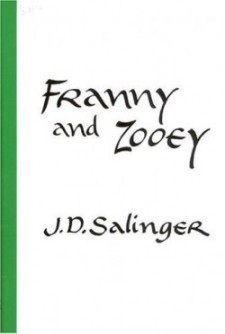
The New York Times Best Sellers list has come a long way — so far, that it’s no longer just a list or two (Fiction and Nonfiction). Check in now and you will find that there are 21 separate lists, everything from Combined Print and E-Book to Manga. Manga! This is no longer the NYT Best Sellers list we grew up with, checking the paper each Sunday for (after we read the funnies in some other paper). It’s all grown up, and reading manga.
In recognition of the steadfastness of the New York Times Best Seller lists, let’s see what books were topping it, going backwards in time, and use the opportunity to compare what these bestsellers cost relative to each other (as we are wont to do). It’s going to be a straightforward exercise: go back in increments of ten years and see which hardcover book is on the top of each of the Fiction and Nonfiction lists. We’ll use the first week of December for each — close enough to today’s actual date to get a sense of continuity but hopefully far enough away from Christmas so as to avoid any Yuletide influence at the top of the lists. And as usual, all retail prices will be converted into 2011 dollars thanks be to this ingenious little tool from the Bureau of Labor Statistics.
NOW

Let’s start with 2011, since that is now, and hopefully, the two bestsellers will not come as a shock to anyone. No surprise at the top of the Nonfiction list, as it’s Steve Jobs by Walter Isaacson, which is selling for $35. You have heard of this book, and I will not insult your intelligence by explaining it to you (or spoiling the ending!). And on the Fiction list, the bestseller is Kill Alex Cross by James Patterson, at the retail price of $28.99. Patterson is the author of over forty novels, including the popular Women’s Murder Club series as well as the Alex Cross series (which have been adapted into movies such as Along Came A Spider). We are not surprised that this book is at the top, as Patterson has sold so many books that each time he churns out another, all the other books politely get out of the way.
2001
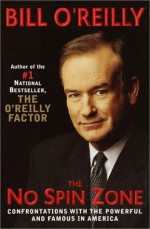
Ten years ago it was a different story, both on the top of the NYT lists and out there in the real world. If you remember, we were only two months removed from 9/11 and that overrode everything else. Was there residual angst at the Bush v. Gore decision, or the collapse of the first Internet bubble? Maybe on September 10. And on the Fiction list we have a perfect example of the vacant-gazed paranoia that plagued an awful lot of people: Desecration, by Tim LaHaye and Jerry B. Jenkins, at $24.99 (or $31.92 adjusted). This is the ninth volume in the Left Behind series, which are a bunch of Christian thrillers concerning the coming of the Rapture and what happens next, the movie adaptations of which star Kirk Cameron. I’ve only read the first of this series, and I can confirm that while it may be off-puttingly sanctimonious, at least it’s poorly written. Speaking of sanctimony, the Nonfiction list offers The No Spin Zone, by Bill O’Reilly, for $24.95 ($31.87 in 2011 dollars). No, not Bill’s first book, but that did not stop him from some more dedicated not-spinning that his literary fans just couldn’t get enough of.
1991
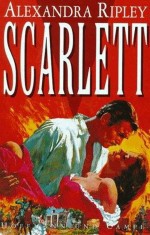
As distressing as it is to realize that Bill O’Reilly has been know-nothing-ing his way through American popular culture for more than a decade now, let’s move on to December 1991: grunge had not yet sold out and the run-up to the 1992 presidential election was just starting, as back then presidential primaries did not have a duration of three years. Technically, we were in a recession, but there was no gloom at the top of the Fiction list: Scarlett by Alexandra Ripley, going for $24.95 (or $41.44 now). This is the sequel to Gone With The Wind written not by Margaret Mitchell (or even her ghost), but rather by a licensee of the Mitchell Estate. In this page-turner, Rhett and Scarlett free all the slaves, open a small country inn and dedicate their lives to fighting crime. On the Nonfiction side, Under Fire, Oliver L. North’s auto-hagiography in which his heroic smuggling of arms to Iran is trumped only by his heroic lying to Congress. It was co-written with (or by, more like) William Novak. It sold for $25, which converts to $41.53 for our purposes.
1981

This was the first year of the Reagan Administration, also known as the most important administration in the history of sentient life. Men and women walked with a spring in their step, as they knew they slept under the protection of the near God-like omnipotence of Ronald Reagan. (Well, in the U.S. In the Soviet Union, they were engrossed in planning the destruction of the planet.) Yet even with a full schedule of spring-stepping and freedom-loving, people still found time to read books. The best-selling Fiction book they read was An Indecent Obsession by Colleen McCullough, priced at $13.50 (or $33.60 in 2011 cash). It sounds a bit Jackie Collins, but it’s described on the list as, “A nurse and her charges in a special-care ward of a WWII hospital.” McCullough is also the author of The Thornbirds, which was being read on beaches everywhere only four years previous, so I’m betting someone gets down in that book somewhere. Or at least horizontal. Like, in a hospital bed. Which you can move up and down.
And at the head of the Nonfiction List is A Light In The Attic by Shel Silverstein, at $10.95 (or $27.25 now), which is, in my experience, easily one of the top ten Most Universally Owned Books ever, so we will not make light of it, even though it’s just a buncha poems.
1971
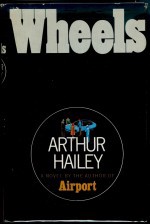
By the time we get to 1971 we’re reaching an arbitrary line, on one side of which are the Olds born before then, and on the other are everyone else, pointing and laughing at the other side. (Subjective, yes, but I was born around that time, so feel my pain.) Nevertheless, it still happened: Nixon cruising to reelection, the tumult of the late ’60s still bubbling as the Vietnam War continued — imagine an Oliver Stone film mashed with “All In The Family,” which debuted that year. About all I can remember from that time is that peculiar shade of burnt orange that seemed to be so popular. But the Fiction bestseller of that year was Wheels by Arthur Hailey, on sale for $12.95 (or $72.34 adjusted); this potboiler on the automotive industry continues Hailey’s knack for writing bestsellers focusing on a specific industry (Hotel, 1965; Airport, 1968), the author having the advantage of living in a time when America had industries. Eleanor and Franklin by Joseph P. Lash was the Nonfiction bestseller, which went for $15, which converts to a shockingly high $83.79. While it may seem admirable that America had an eye on history in 1971, remember that the peccadilloes of First Families were then skeletons in closets and not badges of electability (at least in the case of the thrice-married). Even on a less prurient level, there was a time when people thought that FDR could walk. Silly Americans.
Odd how, on these older lists, you catch glimpses of books that ended up of a more lasting fame than the books at the top. History hasn’t treated Arthur Hailey so well, but there’s The Exorcist at number three, and over in Nonfiction, Honor Thy Father at number two. Looking through the old lists (which you can do here) is not unlike sifting through a garage sale, or remembering your grandparents’ bookshelves.
1961
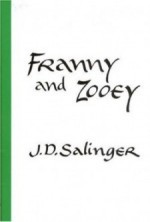
Half a century ago was 1961. John F. Kennedy was newly in the White House, the Cold War was in full effect and the Freedom Rides were taking place down south. But hey, everyone, “Mad Men,” right? And speaking of cultural artifacts destined to become curriculum, here we find J.D. Salinger’s Franny and Zooey as the Fiction bestseller, which was yours for only $4, or $30.26 in 2011 dollars. That would be the Salinger that has fewer “goddamn phonies” per page.
And the phenomenon of John F. Kennedy as failsafe publishing topic was taking root, as Making of the President, 1960 by Theodore H. White was the Nonfiction bestseller, the first in a series of five books to examine American elections, (no doubt catching the eye of a young Richard Ben Cramer). This was the one book of which I could not pin down the precise historical retail price. The older prices I dug up with the help of book collectors’ websites, which sometimes list the initial price along with info concerning spine condition, dog-ears and foxing. But even though Making won the Pulitzer in 1962, it does not make a splash with current collectors. So instead we will substitute the price of Robert F. Kennedy’s 1960 book, The Enemy Within, which was $3.95 (or $30.19) at the time, and which I hope to God is as ominously sci-fi as its title.
1951
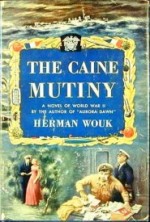
This is our last stop, as the NYT Best Seller List did not exist before 1942. Sure, the Korean War was going on during this time, but again thanks to
television, it seemed like this must’ve been a fun. Returning WWII vets were finishing college thanks to the G.I. Bill, and the suburbs were being invented, so that we might one day grow up in them. Herman Wouk’s The Caine Mutiny was the Fiction bestseller for $3.95 ($34.37 adjusted), which is a true classic of fiction concerning the Big One. And on for Nonfiction, we have Rachel Carson’s The Sea Around Us ($3.50, or $30.45 now) which is another irreproachable work that is considered one of the seminal texts for the modern environmental movement. Clearly, the readers of 1951 were a serious sort that somehow sensed that I’d be looking for fun to be poked sixty years later and decided that they would thwart me. I concede.
Where does this brief walk through American history leave us? Remember, prices below are all adjusted to 2011 dollar values.
FICTION
1951: $34.37 The Caine Mutiny
1981: $30.26 Franny and Zooey
1971: $72.34 Wheels
1981: $33.60 An Indecent Obsession
1991: $41.44 Scarlett
2001: $31.92 Desecration
2011: $28.99 Kill Alex Cross
NONFICTION
1951: $30.45 The Sea Around Us
1961: $30.19 Making of the American President 1960/The Enemy Within
1971: $83.79 Eleanor and Franklin
1981: $27.25 A Light In The Attic
1991: $41.53 Under Fire
2001: $31.87 No Spin Zone
2011: $35.00 Steve Jobs
Well, at first glance there’s that big bump in 1971, which could be a publishing trend, or it could be that the two books on the top of the lists in December happened to be particularly expensive. But if you ignore 1971, then you can make a pretty strong argument that the adjusted price of a hardcover book has held constant, neither inflating or deflated, and that this price equals roughly thirty 2011 dollars. This is about a consistent price as we’ve seen so far.
And it’s good that we’re doing this now, as the uncertainty looming over the publishing industry is unimaginably big. Both the competitive pricing and release patterns of e-books and the ascendance of Amazon and similar e-tailers (okay, just Amazon, really) threaten to change the business of book publishing into something that will be completely unrecognizable on an historical basis. All this at a time when even members of the Fourth Estate are railing against the horrors of bookstores, even the independent ones. (Needless to say, I disagree with him in a manner that involves the use of profanities: support your local bookstore.) I hope this is not the case, but maybe only James Patterson can save us.
An earlier version of this article mistakenly confused Prof. William Novak with pundit Bob Novak.
Previously: Barbies, Televisions, Steak Dinners
"Mission Impossible": I Don't Understand How Tall Everyone Is
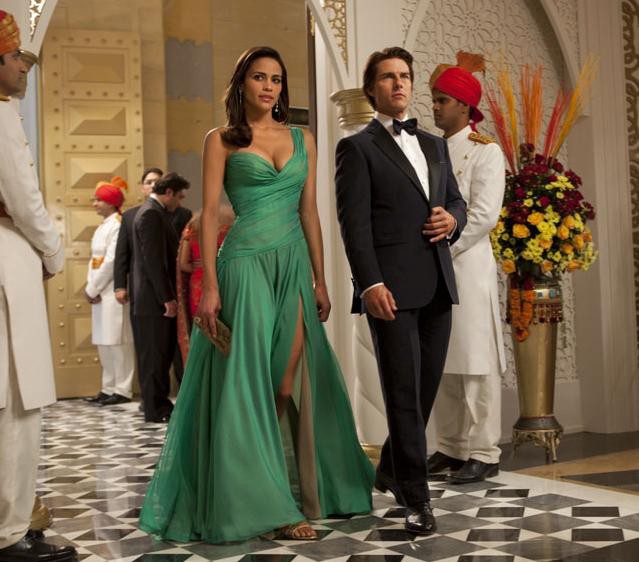
Paula Patton is 5’4″ (allegedly).
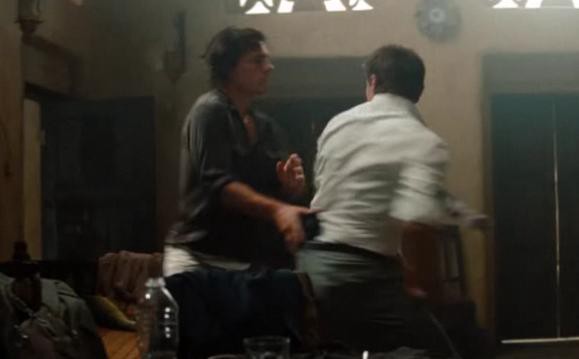
Jeremy Renner is allegedly 5’10” but last time I lit his cigarette I had to bend down. (That’s what… she said?)
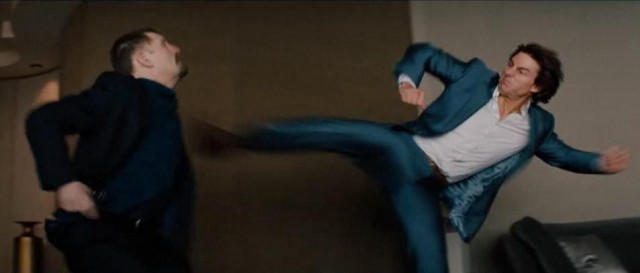
Tom Cruise is tall enough to kick this dude in the collarbone, though not without pants-strain.
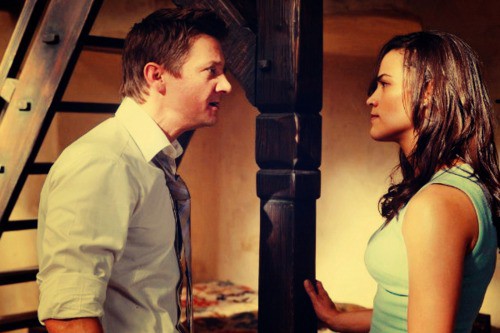
Jeremy Renner is taller than Paula Patton.
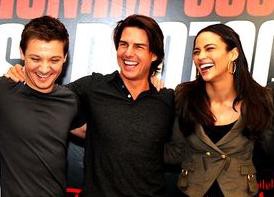
Pretty much.
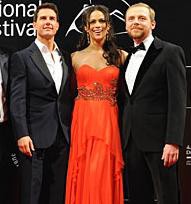
Tom Cruise and Simon Pegg are the same height as Paula Patton in, presumably, heels.

Paula Patton is taller than Simon Pegg in very tall heels.
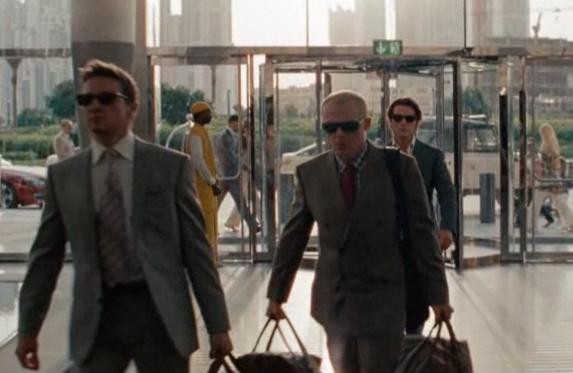
Jeremy Renner is taller than Simon Pegg. (The Internet also says Simon Pegg is 5’10” but no one believes that. (Pegg seen here with Samuli Edelmann, who is no taller than 5’10”.))
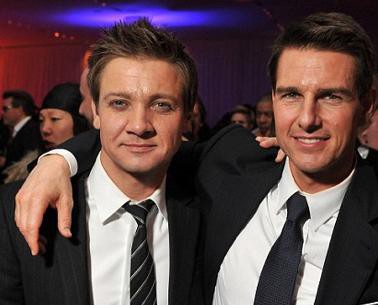
Tom Cruise and Jeremy Renner are the same height.
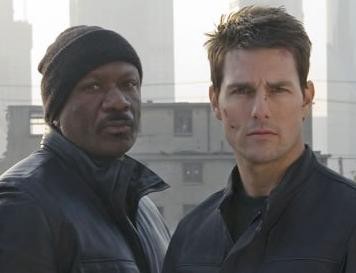
Ving Rhames is six feet tall.
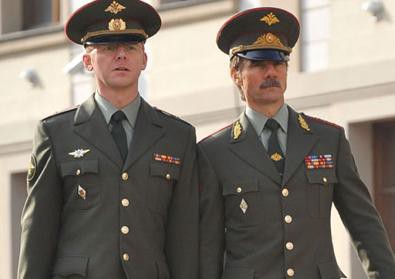
Simon Pegg is taller than Tom Cruise.

Or is he.
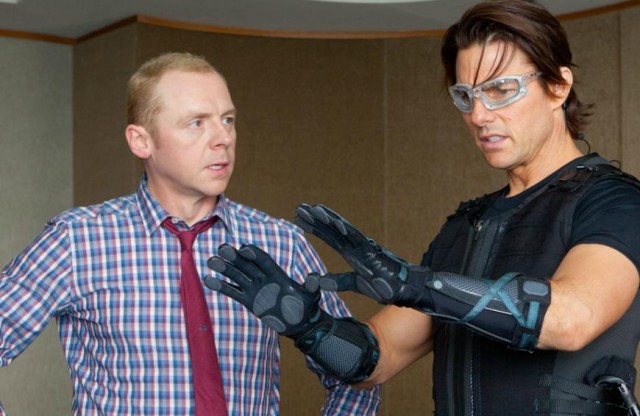
Tom Cruise is taller than Simon Pegg.
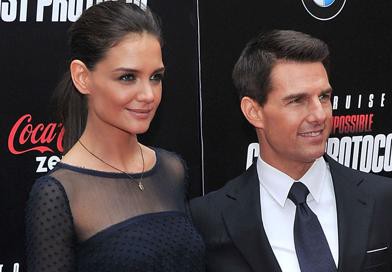
Katie Holmes is taller than everyone.
